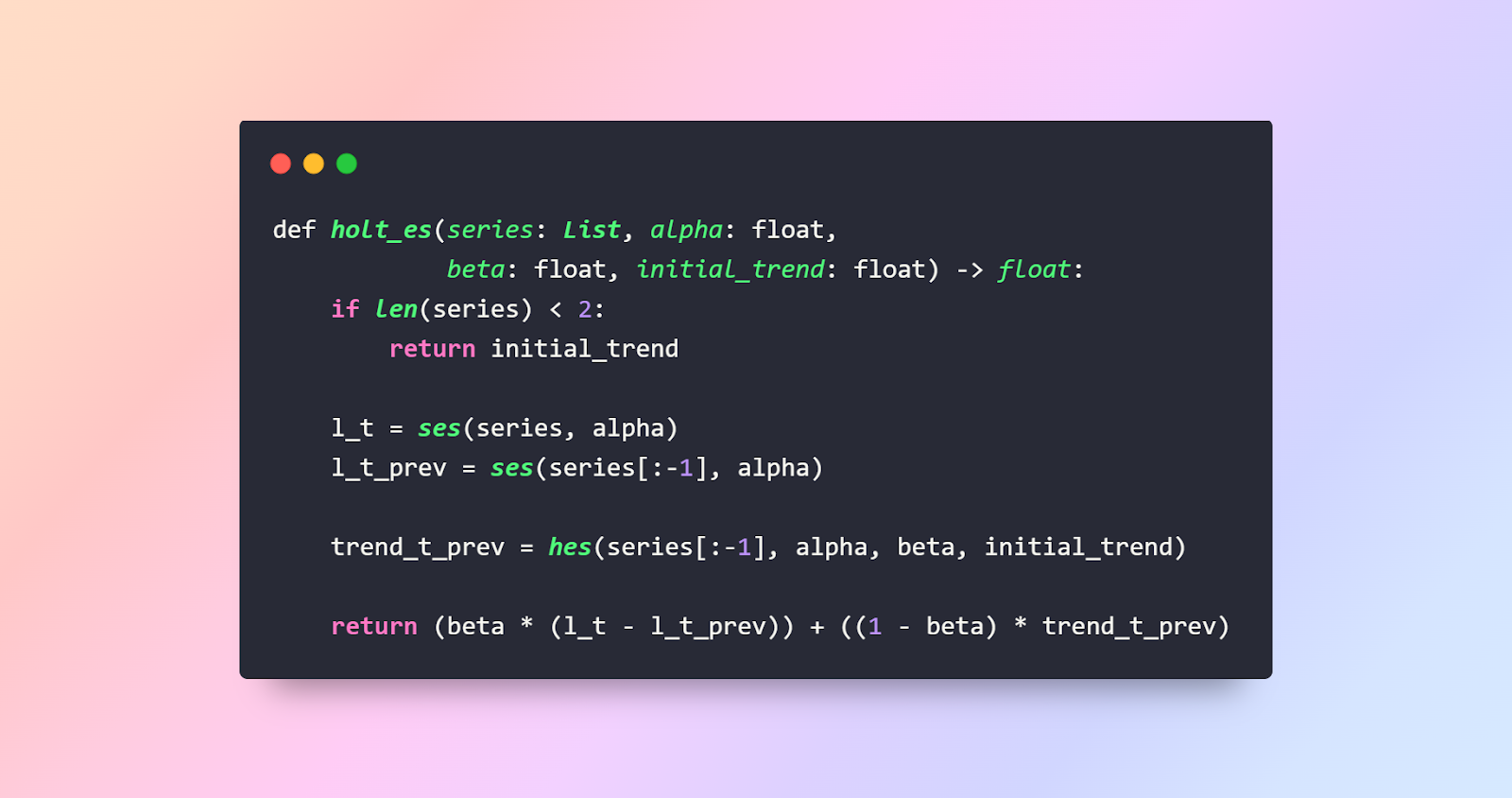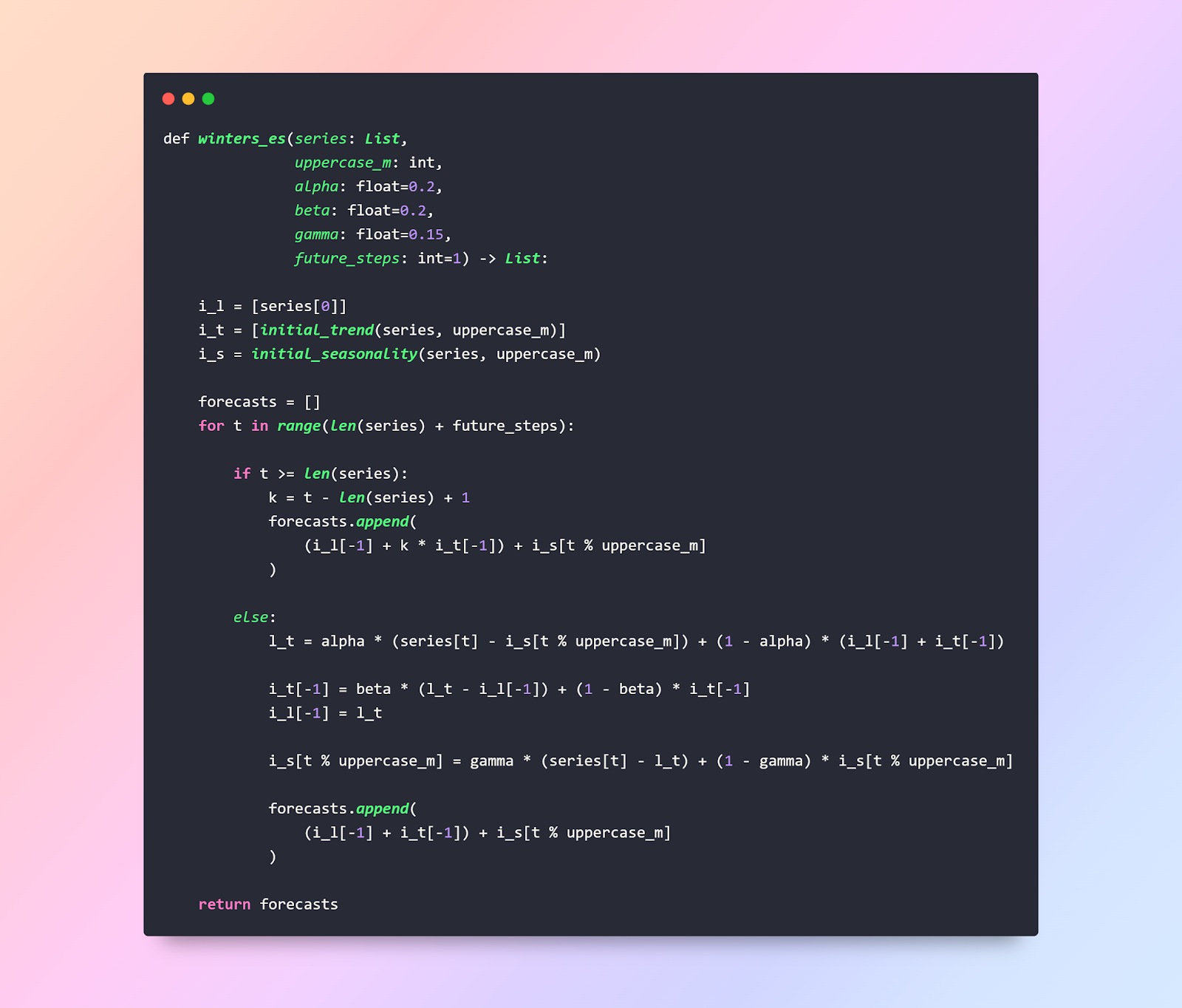The world is changing rapidly and so is the business environment. Across all the industries, the efficiency and effectiveness of supply chain operations plays an important role for business success. When everything works as planned, the parts and materials flow without any difficulty, then the shipment is on time, and everyone is happy. However, the traditional supply chain management techniques find it difficult to compete with the uncertainties in global markets. From imprecise demand forecasting to inefficient risk management, companies have been striving to increase their profits and reduce their transportation costs.
Read more: How AI-driven development will transform your business
Thanks to Artificial intelligence, which has not only helped in tackling these problems but also improved the supply chain optimization. Now by using AI technologies, companies can optimize quality control, risk management, transportation, demand forecasting etc. It may also improve supply chain visibility by enabling real-time tracking. AI powered technologies are changing how businesses handle their supply networks. In this article we will see the capabilities and applications of AI in supply chain optimization. We will also look at some of the case studies of companies that have increased their profits by using AI to improve their supply chain.
Transform your business with AI and ML development. Hire proficient AI engineers remotely today →
Challenges in Traditional Supply Chain Management
If you are a student or a working professional, you must have once organized or planned the way you will study or work to smooth the process. Similarly, companies like Flipkart, Amazon, Myntra plan everything ahead so that they can minimize their inventory waste and ensure that their customers have a good experience. This is what Supply chain management is. It is a simple way of organizing, planning and managing the flow of goods and services from suppliers to customers. As easy as it sounds, it can often be more complex and a difficult task.
One major hurdle that companies often encounter is demand forecasting where the simple models might lead to inaccurate forecasts which may result in stockouts or inventory waste. Moreover, the absence of real time supply chain insight will only intensify these challenges because then the businesses will be slow to react to changing market conditions or any unexpected contingencies. Such drawbacks make it important to have more data driven and flexible approaches to supply chain management and AI should be the tool to overcome traditional constraints and provide fundamentals for sustainable growth.
Read more: Comparing Top LLM Models: BERT, MPT, Hugging Face & More
Application of Reinforcement Learning for Supply Chain Strategies
Sometimes it is hard for AI models to match supply with demand given the unpredictable nature of the environment. Previously AI models just used time series forecasting with the combination of ML and statistical models to anticipate the sales. However, these models had some constraints because of which they were not able to predict the policy dynamics, just numerical data.
This is where RL comes into play, making them suitable for SCM such as following:
- The ability to handle unexpected environments: With their unique strategy, RL algo’s can be used to determine the best approach to build a predictive model which can be learned by interacting with the environment and maximizing the rewards.
- Using RL for Supplier Negotiations: RL is not limited to just inventory management and demand forecasting, but it can also do strategic activities. Oftentimes supplier negotiations can be difficult with multiple objectives and limitations. Reinforcement learning can offer data driven strategies that change over time.
One such big tech giant who implements RL in their SC is Amazon. Using vast amounts of data such as transportation networks, purchasing patterns etc.. Amazon’s RL agent is able to make accurate judgments about where to stock products and how to fulfill these orders effectively.
Ready to transform your business? Hire AI developers, hand-picked by us →
Time-Series Analysis and Forecasting Models for Demand Prediction
Demand prediction is a crucial factor for any business, and it has to be done In a proper way, if not done right then stockouts and excess inventory can harm the business financially. There are mainly 3 types of demand forecasting , which are Qualitative, time series and causal. Qualitative forecasting is generally used when there is not enough historical data. It is based on human intuition, emotions etc. On the other hand, Time series forecasting relies on the previously observed data. The assumption here is that the trends and seasonal variations will continue into the future. Causal Forecasting is the process of predicting future demand by determining and analyzing the cause and effect links between dependent variable for example demand and independent variable such as interest rates etc.
Let’s look at some of the most used Time series models in the next section:
Holt’s Model
This is a very common time series forecasting method which is able to include both trend and seasonality. This approach is essentially the combination of 3 smoothing techniques namely simple exponential smoothing, Holt’s exponential smoothing and Winter’s exponential smoothing which is why this is also called triple exponential smoothing.
Let’s try to understand these in short:
Simple Exponential smoothing – is just the weighted average of all the historical data.

Here L(t) is the level estimate, L(t-1) is the previous level estimate, alpha is just a smoothing constant that generally ranges from 0 to 1 and y(t) uses the value at the current time step. If you start unrolling this equation, you will see the exponential behavior:

To implement SES on your system you can simply run this function:

Holt’s Exponential Smoothing:
As we saw that in SES there is no trend or seasonality component. Holt’s exponential smoothing is a little step further from that where it can now account for the trend component in the demand also. The below equation is often used to do forecast with this method:

Here L(t) is the level estimate for time t
K is the number of forecasts into the future
T(t) is the trend at time t
Note: there are mainly 2 types of forecasting additive and multiplicative, the above equation needs to be adjusted accordingly:

The trend estimate can be computed for a given time t as follows:

It is very similar to the level update in SES, just like it used a parameter alpha here Trend estimate uses beta as a smoothing constant. Because of this it may be thought as roughly equivalent to the alpha smoothing constant previously seen in Simple exponential smoothing.
Holt’s method can be implemented using the below function:

Winter’s Exponential Smoothing:
This method is an advancement of Holt's method which can capture both trend and seasonality in the demand. It is also known as triple exponential smoothing since it is built on single and double exponential smoothing.
A forecast with this method can be expressed as:

Here L(t) is the level estimate for time t,
K is the number of forecasts into the future,
T(t) is the trend estimate at time t,
S(t) is the seasonal estimate at time t,
M is the number of seasons
Like Holt’s method, this equation has several versions for each kind of time series:

Now let’s look at the update equation for the seasonality component for both additive and multiplicative level.

Once again, the gamma is a smoothing factor for the seasonality component and it ranges between 0 to 1. The only problem here is that now the Level update equation we mentioned earlier in SES does not work on seasonal data. Since in this method we assume that the time series data has a seasonal component, we need to remove the seasonality from the data to achieve a proper level estimate.
The updated level update equation is:

Let’s look at the implementation of Winter’s exponential smoothing:

This function is for all the additive components. It was easier to add the forecasting capacity internally and make it non-recursive because of the implementation’s increased complexity.
Quantifying the demand forecast error
Once you have got some predictions for your demands you would want to measure how accurate the predictions are or how much error is there.
There are multiple ways to get errors, let’s discuss the most popular ones in short.
Mean Squared Error (MSE):
Statistically, this measures the average of the squares of the errors—that is between estimated value and the actual value. It is estimated as follows:

Where:
F(e) is the forecast error of demand value at time t
N is the number of time period
Mean Absolute Deviation (MAD):
This is a metric for a forecast’s accuracy. It indicates, on average, how much our predictions deviate from the actual data. In each period calculate the forecast error (actual value – forecasted value) and then take the absolute value of this.

Read more: Generative AI for Business Automation: Improving Efficiency & Reducing Cost
Implementation of AI in Businesses
- FOURKITES is the company involved in the logistics industry that utilizes AI to monitor in real-time trucks around the roads, over the seas and in the air. It allows shippers, carriers, and logistics service providers to see events as they occur.
- VORTO, an AI powered platform collaborates with shippers, suppliers, and traders to improve effectiveness of supply chains. Its automated supply chain platform works toward reducing carbon emissions from transporting goods and trucking and improving the life quality on the road for about 3.2 million truckers by optimizing their driving time.
- H2O.ai is a company that performs as a catalyst for digitization of operations by popularizing the option to leverage AI into both operations. It’s cloud platform and AI helps to detect when machines are malfunctioning and make forecasts and estimates so that maintenance work can be done before there is a problem.
Improve your supply chain operations by hiring vetted AI engineers remotely →
Conclusion
To sum up, AI can be used in different parts of the chain and consequently the performance can be improved by using Artificial Intelligence. AI is enabling businesses to realize their goals by leveraging these technologies. Organizations may save costs, boost productivity, ensure forecast accuracy and deliver an excellence supply chain. These results can impact the profits, efficacy and customer happiness of the companies.
Looking to hire high-performing tech talent remotely? See how Index.dev can help you:
🎯Find the world’s top 5% developers, designers, and AI/ML specialists
🎯Scale more easily with fully vetted candidates and save up to 40% with global hires
🎯 Get interview ready candidates in 48-hours